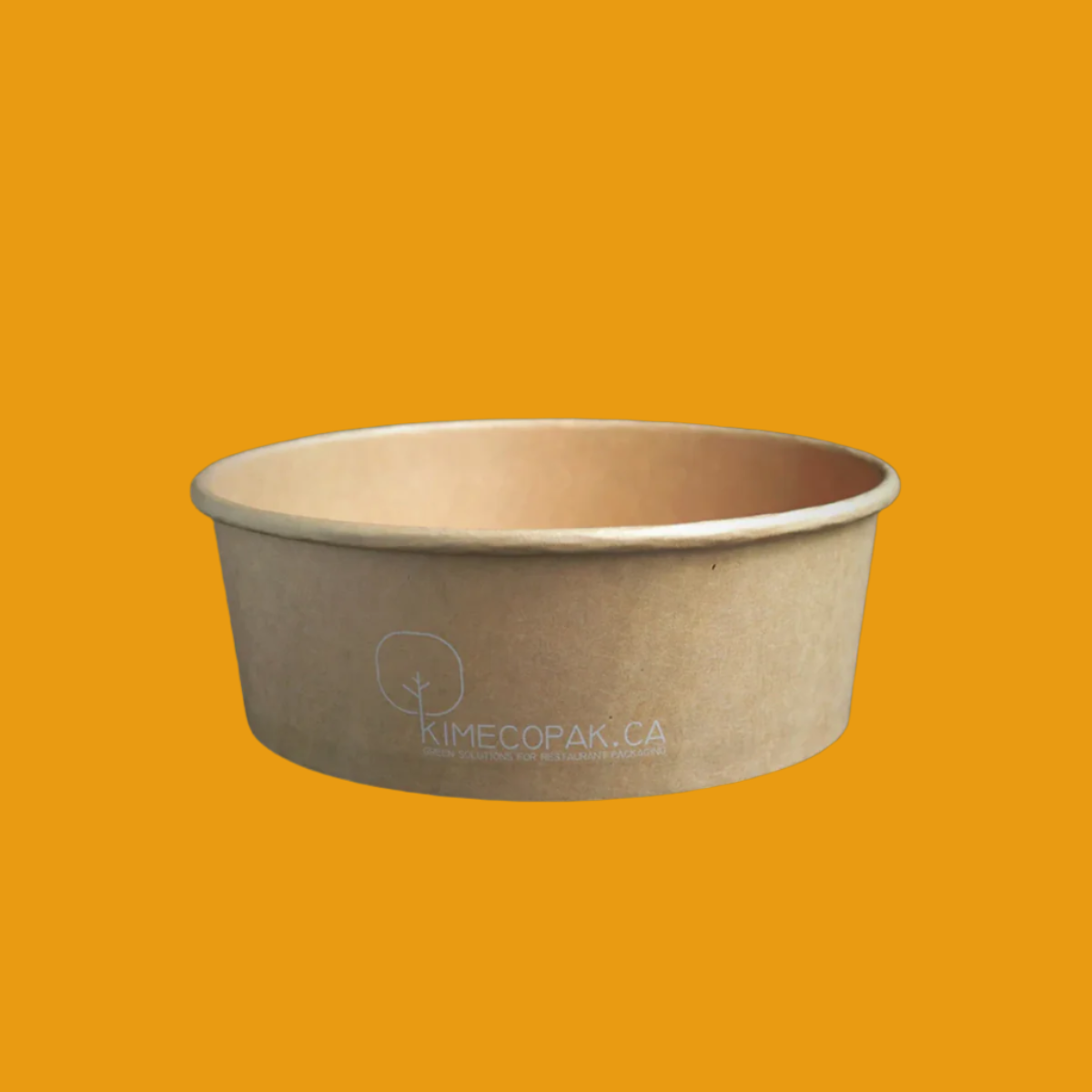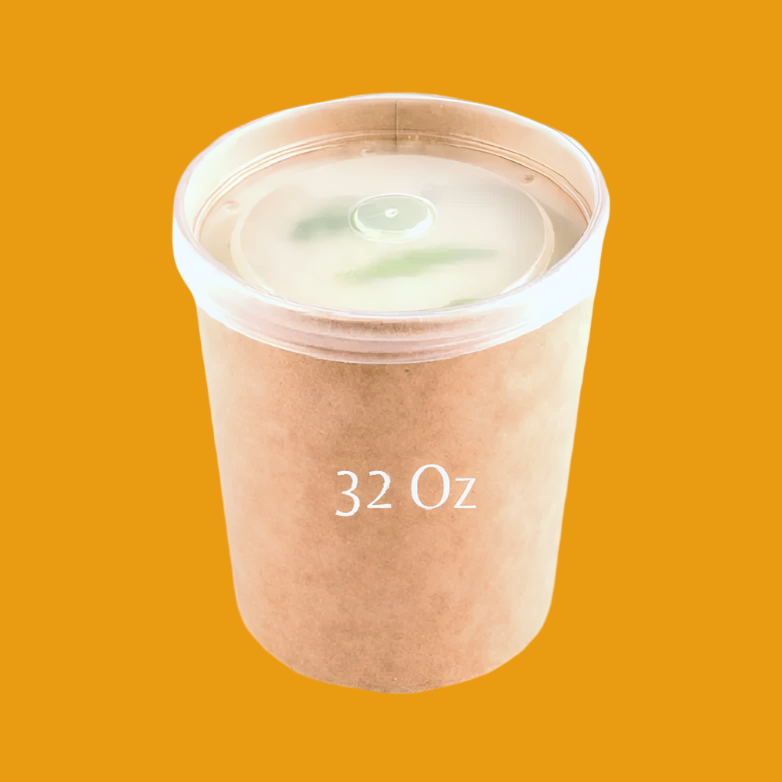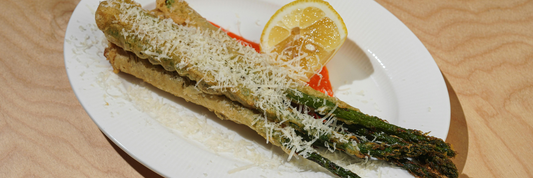Thinking of launching your own acai bowl business? With demand for nutrient-rich, plant-based meals on the rise, acai bowls have moved from niche trend to everyday staple, especially among health-conscious millennials and Gen Z consumers. Whether you're envisioning a sleek café, mobile food truck, or delivery-only concept, this guide will walk you through every step of how to start an acai bowl business, from market research and licensing to equipment, branding, packaging, and scaling strategies. Learn how to turn superfoods into a super business with actionable insights tailored to today’s competitive food landscape.
- Acai Bowl vs Smoothie Bowl: What’s the Difference and Which Is Better?
- How Many Calories Are in an Acai Bowl? Full Breakdown by Toppings & Size
Market Research & Acai Business Planning
Analyzing Local Demand and Competition
Before launching your acai bowl business, conduct market research to understand your area’s demand. Analyze:
-
Local health and wellness trends (especially in urban or coastal cities)
-
The presence of juice bars, smoothie cafés, or competitors offering acai bowls
-
Peak foot traffic zones: near gyms, college campuses, yoga studios, and business districts
-
Google Trends and keyword tools to identify local search volume for terms like “acai bowls near me”
Use in-person surveys, competitor analysis, and demographic data to assess whether there’s enough demand to sustain your concept.
Defining Your Target Audience
Knowing your ideal customer helps guide everything from location to menu pricing. Common target segments for an acai bowl business include:
-
Health-conscious consumers: Those seeking plant-based, antioxidant-rich meals or snacks.
-
Fitness enthusiasts: Gym-goers, yogis, and runners often crave nutrient-dense options pre- or post-workout.
-
Millennials & Gen Z: Particularly students and young professionals who value superfoods and Instagram-worthy meals.
-
Vegan or allergen-aware diners: Acai bowls are naturally dairy-free and can easily be customized to accommodate gluten-free, nut-free, or low-sugar diets.
Segment your audience and tailor your branding, packaging, and pricing to appeal to their values and behaviors.
Crafting a Solid Business Plan and Projections
Your business plan should outline your:
-
Executive summary: Business name, mission, and concept
-
Market analysis: Local trends, competitors, and customer profile
-
Menu and pricing strategy
-
Startup costs and funding sources: Equipment, permits, lease, inventory, branding, marketing
-
Revenue projections: Estimate sales volume, average ticket size, and break-even timeline
-
Operations plan: Staff requirements, suppliers, hours of operation, POS setup
Financial projections should include 12–36 months of sales forecasts, cost of goods sold (COGS), labor, rent, and marketing. Tools like LivePlan, Excel templates, or SCORE.org business planning resources are helpful starting points.

Choosing a Business Model
How to Start an Acai Bowl Business as a Food Truck or Cart
Food trucks offer flexibility, lower overhead, and the ability to test different markets. They're ideal for acai bowls since the menu doesn’t require heavy cooking.
Advantages:
-
Lower startup costs (typically $5,000–$50,000 depending on outfitting)
-
Mobile presence at events, parks, campuses
-
Fast service model for smoothies and bowls
Challenges:
-
Must comply with mobile food vendor regulations (commissary requirements, fire code, generator power)
-
Limited cold storage; need reliable cold plate freezers or portable refrigeration
How to Start an Acai Bowl Business as a Brick-and-Mortar Café
A permanent location offers brand visibility, seating, and expanded offerings like coffee or toast bars.
Advantages:
-
Greater menu control, consistent operations
-
Brand building via foot traffic and local presence
-
Possibility for catering, corporate orders, or retail product extensions
Challenges:
-
Higher upfront investment (lease, buildout, staffing)
-
Zoning compliance and local food inspection approvals
How to Start an Acai Bowl Business via Pop-up Shops & Events
Pop-ups are a low-risk way to test your product and build brand awareness. They can be:
-
Short-term booths at farmers’ markets, festivals, or yoga studios
-
Monthly events at gyms or wellness shops
Benefits:
-
Minimal setup costs
-
Real-time customer feedback
-
Opportunity to build an email or loyalty list
How to Start an Acai Bowl Business Online: Subscriptions & Delivery Model
Some acai businesses operate entirely online by selling:
-
Frozen acai bowl kits (with toppings and instructions)
-
Local delivery of made-to-order bowls
-
Subscriptions for weekly superfood meals
Requirements:
-
Commercial or shared kitchen use
-
Frozen packing and insulated shipping (if national)
-
Digital storefront (Shopify, Square, Uber Eats, etc.)
Permits, Licensing & Legal
Required Food Service, Health Department, Business & Seller’s Permits
To legally operate in Canada or the U.S., you’ll need:
-
Business registration: Register your business name provincially or federally (Canada) or via your local state/county (U.S.)
-
Food service license: Issued by the local health department after passing an inspection
-
Health permit: Ensures food safety protocols are in place (cold holding, cleaning, cross-contamination)
-
Seller’s permit: Required in most provinces/states to collect sales tax
-
Food handler certification: For you and any team members who prepare food
Inquire with your local public health unit or municipal small business office for specific forms and inspections.
Mobile Unit Regulations and Signage Laws
If operating a food truck or cart:
-
You'll need a mobile food vending license with approved vehicle schematics
-
Commissary kitchen agreements are often required for food storage/prep
-
Signage permits are required for public display (A-frame boards, window decals)
-
Fire suppression systems and propane handling certifications may apply
Check with city departments for food truck zoning maps, parking rules, and time limits.
Acai Bowl Business Equipment & Setup
Essential Equipment (Commercial Blenders, Freezers, Refrigerators, POS)
A basic setup typically includes:
-
Commercial blenders: Blendtec, Vitamix, or Waring for smooth, thick bowls
-
Freezers: Upright or chest freezers to store frozen acai purée and fruits
-
Refrigerators: For fresh toppings like berries, almond milk, yogurt, etc.
-
Prep stations & topping bars: Stainless steel or NSF-approved units
-
POS system: iPad-based platforms like Square, Clover, or Toast for orders, inventory, and payments
Scaling Kitchen—Own Facility vs. Shared Commercial Kitchen
-
Own kitchen: Gives control and supports growth, but has higher buildout and compliance costs.
-
Shared commercial kitchens: Ideal for startups or online/delivery models. They’re health-certified, rented hourly/monthly, and often provide cold/frozen storage and prep tables.
Kitchen space must comply with food safety codes, waste disposal standards, and temperature control.
Storage & Handling—Keeping Acai Frozen at Optimal Temps
Acai purée must be stored at −18 °C (0 °F) or below to maintain texture and safety. Tips:
-
Use deep freezers with tight-sealing lids or commercial upright models
-
Monitor temperature with digital thermometers
-
Store acai in labeled containers with FIFO (first-in, first-out) rotation
-
If operating a cart, use insulated cold plate units or dry ice for short-term mobility
Avoid thawing and refreezing, which can degrade flavor and lead to spoilage.
Ingredient Sourcing & Menu Development
Finding High-Quality Acai Pulp vs. Fresh Berries
Most acai bowl businesses use acai pulp, not fresh berries, because acai is highly perishable and not commercially grown in North America. Fresh acai berries degrade within 24 hours of harvest, so they're rarely available outside Brazil.
Your best options include:
-
Frozen acai purée packs (e.g., from brands like Sambazon, Amafruits, or Acai Roots)
-
Freeze-dried acai powder (used in smoothies or to boost color/flavor)
-
Ensure your supplier uses USDA Organic, non-GMO certified fruit with no added sugar or artificial preservatives.
Source through food distributors, direct from importers, or wholesale via platforms like WebstaurantStore, UNFI, or Azure Standard.

Developing Signature Recipes, Seasonal Bowls & Dietary Options
Stand out by offering branded signature bowls with unique toppings or regional flair—think:
-
"Tropical Zen" (pineapple, coconut flakes, hemp seeds)
-
"PB Crunch" (banana, granola, peanut butter drizzle)
Incorporate:
-
Seasonal bowls: Use in-season fruits (peaches, apples, berries) to reduce cost and maximize freshness.
-
Functional toppings: Add-ons like chia seeds, flax, bee pollen, spirulina, or protein powder cater to wellness-focused customers.
-
Sweetener choices: Offer low-glycemic options like agave, honey, or zero-sugar monk fruit.

Menu Customization and Inclusive Offerings (Vegan, Gluten‑Free)
Today’s customers demand flexibility. Build your menu to accommodate:
-
Vegan options: Use almond, oat, or coconut milk; avoid dairy yogurt or honey.
-
Gluten-free granola: Many off-the-shelf granolas contain oats processed with gluten—source certified GF versions or make your own.
-
Nut-free alternatives: Offer sunflower seed butter and exclude almond toppings by request.
Use symbols/icons on menus to indicate allergen-friendly bowls, and train staff to answer ingredient questions confidently.
Branding & Packaging
Crafting a Unique Brand Identity and Visuals
Your brand story and aesthetic will strongly influence customer loyalty—especially on visual platforms like Instagram.
Key elements to define:
-
Mission and tone: Are you health-first, tropical and fun, minimalist and modern?
-
Color palette: Often inspired by fruit colors—purples, greens, yellows
-
Logo and fonts: Keep consistent across signage, packaging, menus, and socials
Work with a freelance designer (via platforms like 99designs or Fiverr) or use Canva Pro to develop cohesive visuals and branded templates.
Eco-Friendly Packaging and Bowls
Acai bowls are often marketed to sustainability-conscious consumers. Choose:
-
Compostable or biodegradable bowls and utensils (PLA, bagasse, kraft paper)
-
Clear eco-lids made from recycled PET or PLA
-
Minimalist stickers or stamps for branding instead of printed plastic
Social Media Presence (Instagram & TikTok)
Strong visual content is essential. Tips:
-
Post short-form videos (TikTok, Instagram Reels) showing bowl assembly or behind-the-scenes prep
-
Create aesthetic flat-lays of colorful bowls with natural light and brand props
-
Collaborate with micro-influencers in fitness, wellness, and foodie niches
-
Use trending hashtags: #acaibowl, #smoothiebowl, #superfoods, #plantbased
Encourage UGC (user-generated content) with branded hashtags or loyalty perks.
Marketing & Growth Strategy
Local Marketing, Influencer Partnerships, Events
-
Join farmers’ markets, yoga events, or pop-up collectives to build visibility
-
Offer discounted collabs with local gyms, spin studios, or cafés
-
Use flyers, posters, and geotargeted Facebook/Instagram ads for your neighborhood
-
Partner with local wellness influencers (1–10k followers is often more effective than mega-influencers)
Online Ordering, Delivery Platforms, Subscription Plans
Set up your online presence using:
-
POS-integrated online ordering (Square, Toast, or Shopify)
-
List your store on Uber Eats, DoorDash, SkipTheDishes
-
Offer weekly/monthly acai bowl subscriptions for home delivery, especially for corporate wellness programs or meal-prep customers
Include digital-only promotions to encourage direct ordering (to avoid platform commission fees).
Loyalty Programs and Customer Retention Tactics
-
Use POS systems to track purchases and offer punch card–style rewards (“Buy 9, get 1 free”)
-
Launch a referral program—offer a discount when customers refer a friend
-
Send email newsletters or SMS alerts with seasonal bowl drops, flash sales, or nutrition tips
-
Host “build-your-own bowl” events or topping giveaways to increase engagement
Financial & Funding Strategies: How to Start an Acai Bowl Business
How Much Does It Cost To Start an Acai Bowl Business?
-
Pop-up booth or home-based delivery: ~$2,000–$8,000 (shared kitchen, permits, initial ingredients)
-
Food cart or trailer: ~$5,000–$30,000
-
Mobile food truck: $30,000–$70,000+
-
Brick-and-mortar café: $50,000–$150,000+ (lease, buildout, equipment, labor)
Include additional costs for branding, marketing, initial inventory, and 3–6 months’ operating cash.
Funding Options—Loans, Crowdfunding, Investing
-
Small Business Loans (via banks, BDC Canada, or SBA in the U.S.)
-
Microloans from local development funds or women/immigrant-focused entrepreneurship programs
-
Crowdfunding platforms: Kickstarter, Indiegogo—highlight visual appeal & sustainability
-
Friends & Family investing (equity or convertible note)
-
Some owners bootstrap via pop-up sales or private catering before opening a storefront
Maintaining Profit Margins with Premium Ingredients
While acai and superfood toppings are costly, you can maintain margins by:
-
Sourcing in bulk and negotiating supplier discounts
-
Creating fixed-portion assembly (reduce topping waste)
-
Pricing by perceived value (emphasize nutrition, sustainability, presentation)
-
Offering tiered options (base bowls at lower price points with paid add-ons)
Typical cost of goods sold (COGS) target: 25–35% for bowl-based businesses.
What if your açaí bowl business could become the next big franchise?
With demand for healthy, grab-and-go options on the rise, now’s the perfect time to scale your concept. This August, we’re launching a complete guide that walks you through how to grow your açaí bowl shop into a thriving franchise brand. From operational systems and branding to location strategy and marketing, we’ve got you covered.
Keep reading — your growth journey starts here.
👉 Want early access? [SIGN UP HERE] to get the guide first when it launches.
Conclusion
Starting an acai bowl business offers more than just a chance to tap into the wellness food market—it’s an opportunity to build a purpose-driven brand that delivers health, sustainability, and convenience. From sourcing high-quality ingredients and choosing the right business model, to navigating permits, optimizing operations, and creating a standout customer experience, success depends on planning and differentiation. With the right foundation, your acai bowl business can grow from a single serving to a scalable, high-margin venture that nourishes both your customers and your bottom line.









